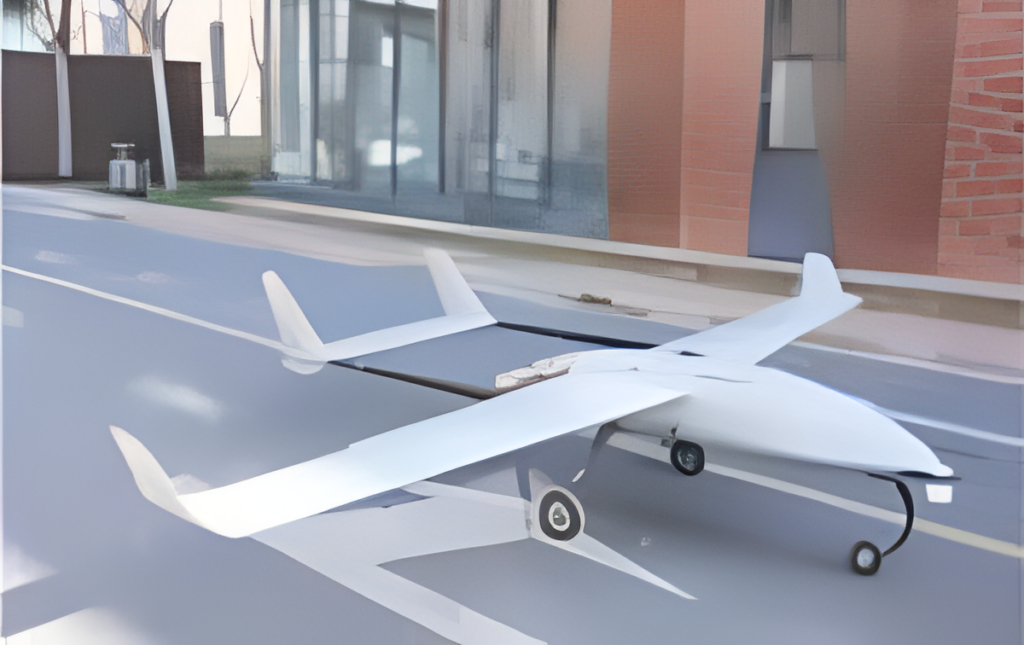Military drones, also known as Unmanned Aerial Vehicles (UAVs) or Remotely Piloted Aircraft Systems (RPAS), represent one of the most significant technological advancements in modern warfare and defense systems. These sophisticated aircraft operate without an onboard human pilot, either autonomously through onboard computers or via remote control by operators on the ground.
Historical Context: The evolution of military drones dates back to the early 20th century, but their widespread adoption and technological sophistication have accelerated dramatically in the past two decades. From basic reconnaissance platforms to advanced multi-role aircraft, drones have transformed military operations, offering enhanced capabilities while reducing risks to human personnel.
Key Advantages:
- Enhanced Safety: Minimizes risk to military personnel by conducting operations in hostile or hazardous environments
- Cost-Effectiveness: Lower operational and maintenance costs compared to traditional manned aircraft
- Extended Endurance: Capability to maintain continuous operations for extended periods
- Versatility: Adaptable for various missions including surveillance, reconnaissance, and tactical operations
- Precision: Advanced sensing and targeting capabilities for improved accuracy
Modern Applications:
- Intelligence, Surveillance, and Reconnaissance (ISR)
- Real-time battlefield monitoring
- Border surveillance
- Maritime patrol
- Target acquisition
- Combat Operations
- Precision strike capabilities
- Close air support
- Electronic warfare
- Combat search and rescue support
- Support Functions
- Logistics and supply delivery
- Communications relay
- Battle damage assessment
- Training and simulation
Technological Features:
- Advanced sensor systems including electro-optical/infrared cameras
- Secure communication links for data transmission
- GPS and inertial navigation systems
- Autonomous flight capabilities
- All-weather operation capabilities
- Stealth technology integration
The continuous advancement in drone technology has led to the development of various specialized platforms, from small tactical UAVs to large strategic systems, each designed to meet specific operational requirements and mission profiles. These systems continue to evolve, incorporating artificial intelligence, improved autonomy, and enhanced capabilities, marking a new era in military operations and national defense strategies.
Our Military and Civilian Drones
HC-132 Military Grade Drone

- Main features:
- Fixed-wing system with conventional takeoff and landing
- Gasoline engine with retractable design for aerodynamic optimization
- Flight autonomy: 5.5 hours
- Advanced aeronautical composite materials construction
- High structural and fatigue resistance
- Easy assembly and transport
- Applications:
- Ground and maritime reconnaissance
- Border surveillance
- Aerial photography
- Image and data transmission using FLIR and infrared technology
E-MIL 2 Stealth Military Technology Drone

- Technical specifications:
- Hybrid design: fixed and rotary wing
- Maximum speed: 35 m/s
- Payload capacity: 15 kg
- V-STOL system (vertical takeoff and landing)
- High-precision GPS positioning
- Autonomous control through military system
- IP54 waterproof protection (operational in moderate rain)
- Wind resistance: 7 knots
HELICOP 05 Drone (Military and Civilian Versions)

- Technical specifications:
- High-precision flight control system
- RTK GNSS/GNSS+INS positioning
- Propulsion: Gasoline engine
- Range: 10 km (without obstacles)
- Maximum payload: 45 kg
- Cruising speed: 72 km/h
- Service ceiling: 10,000 feet above sea level
- Safety features:
- Automatic return system
- Failure alarms
- Emergency protocols
- Specific applications:
- Military use
- Agricultural spraying
